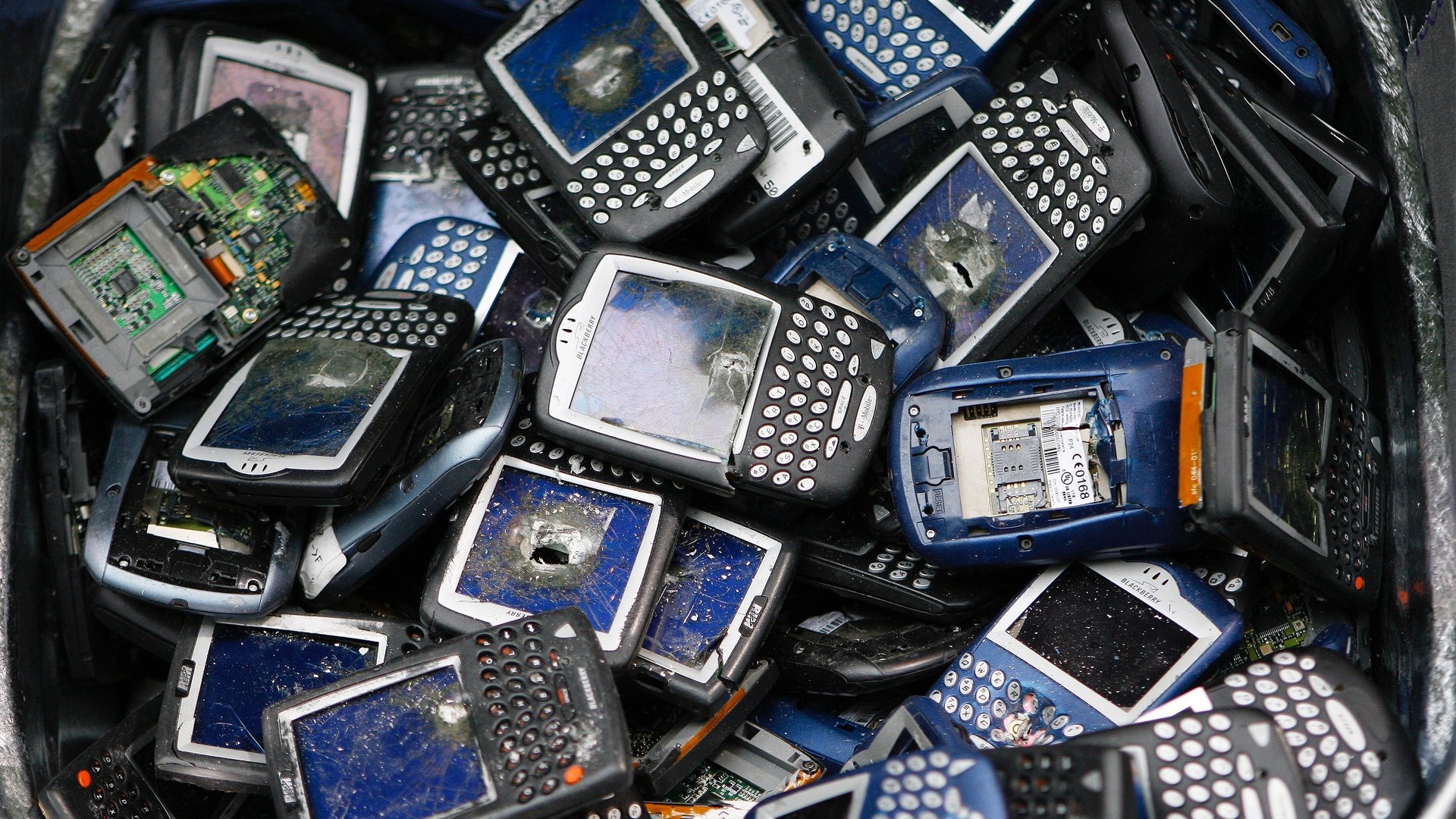The charts that show why Blackberry had to get out of the hardware business
Blackberry is finally hanging up on its phone business.


Blackberry is finally hanging up on its phone business.
Phones that look and feel like Blackberrys will still be in the market, but the namesake company has decided to stop in-house production. In a world of touchscreens dominated by iPhones and Samsung handsets, Blackberry’s only remaining fans were a handful of corporate executives and Kim Kardashian. The company will hand over the business of producing the phones to its manufacturing partners.
“BlackBerry is no longer just about the smartphone, but the smart in the phone,” CEO John Chen said in a press release today (Sept. 28) announcing a joint venture with an Indonesian telecom company that will start making handsets bearing the Blackberry name.
Since his appointment in 2013, Chen has been steering the company toward mobile and security software, apps, and connected devices. The Canadian smartphone maker recently killed off its Classic model, after ditching its Blackberry 10 operating system earlier in the year for Android. Now, Blackberry will now focus on software and services, which generated 44% of the company’s revenue between June and August 2016. (The other 56% was attributed to service access fees and mobility solutions.)
Blackberry was a brand created by telecommunication and wireless company Research in Motion (RIM) in 1984. The first Blackberry smartphones, launched in 2003, were marketed to corporate users and eventually became almost indispensable in many offices. Then politicians and celebrities got hooked. Eventually, consumers caught on as well. But then came the iPhone in 2007, and consumers began retiring their QWERTY keyboards for the touchscreen devices.
In the second half of 2013, it reported a $4 billion loss due to unsold phones and declining asset value. In past few years, the company has continued to record hundreds of millions of dollars in losses.
The company has tried to refocus on emerging markets, but there really haven’t been bright spots for Blackberry anywhere in the world.